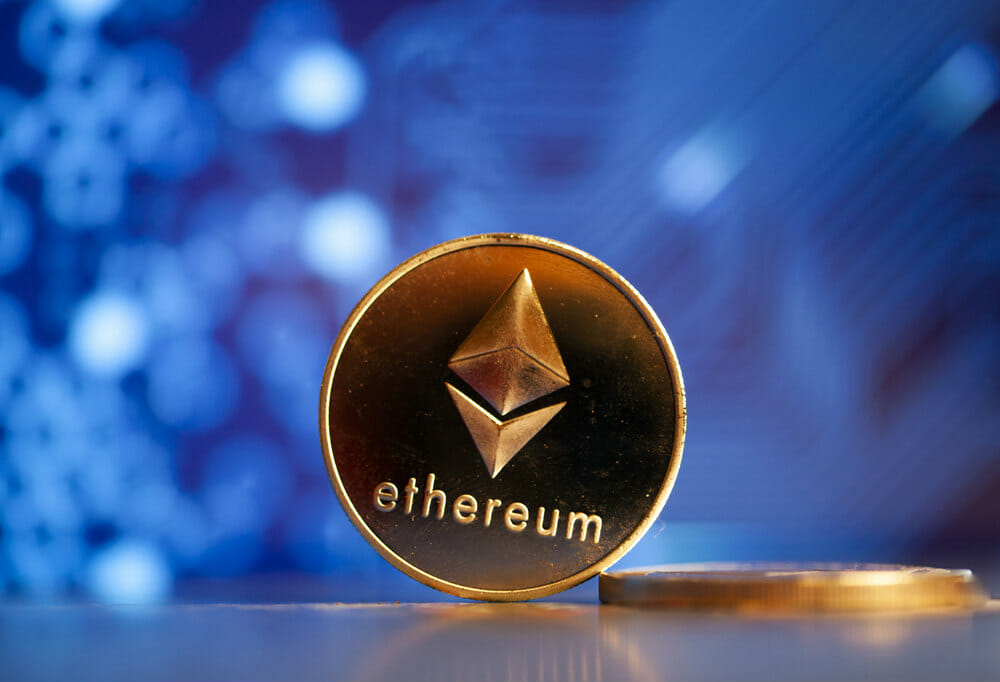The second largest cryptocurrency is going through “The Merge”. This is a change that can forever change the crypto world.
Between September 10 and 20, expectations grew regarding The Merge of the Ethereum Blockchain network. This implied a change in its consensus protocol, which is the mechanism through which transactions are registered in it.
Ethereum had a consensus protocol called Proof of Work (PoW) or Proof of Work (more colloquially known as mining) and went on to have the so-called Proof of Stake (PoS) or Proof of Participation.
The transactions were added to the Blockchain (distributed network online database in which the transactions are registered under the community of peers, that is, in which there are no nodes -participants- with different hierarchies being all in equal conditions) of Ethereum, no longer as a result of a competition that allows its winner to obtain a reward in cryptocurrencies, but through a random process through which participants are chosen to validate the transactions and obtain a reward for it.
How is Participation Achievable?
The answer is very simple: you must have cryptocurrencies of that project and block them (that is, stop having them freely) to obtain rewards in exchange (this is called “staking”). Now, the election process is random, so you work with probabilities, but the more cryptocurrencies of the project you have, the more likely you are to be chosen.
Technically, The Merge has two stages: one is Bellatrix and the other is Paris; the improvements in Ethereum are expected to be in terms of environmental impact, security, and scalability (number of transactions that can be recorded in a Blockchain, for example, by second).
It should also be remembered that, recently, the well-known Ethereum Beacon Chain was launched, that is, its future main and management network. By defining it as a management network, it is in charge of managing the Shard Chains, which are those networks within Ethereum that will be parallel to the Beacon Chain, and that are expected to help improve the scalability of the network.
To simplify the explanation, it would be like thinking that we have a main database where we record all the transactions, but in addition, we have parallel databases that allow us to record transactions that are later joined to the main database.
This further helps to increase the number of transactions that can be recorded for the time considered and will make them less expensive. This new upgrade phase is called Sharding and is expected to happen by the time The Merge has been executed.
Could This Update Generate an Impact on the Price of Ether and/or its Volatility?
Finally, a very common question is whether this update will have any impact on the price of Ether (ETH) and/or its volatility (price fluctuation).
Regarding the price, if The Merge is satisfactorily fulfilled, the price of ETH could seek an upward trend, at least in the medium term, bearing in mind the volatility that it may present in the short term, something as “buy the rumors and sell the news”, a phrase widely used in the world of trading.
The Merge may not bring less volatility to this cryptoactive, but the certainty of a project continues the search for improvements in the framework of the growth it had in recent years. It could be hoped to continue to sustain such growth in the framework of the decentralization of finances.
By Audy Castaneda











